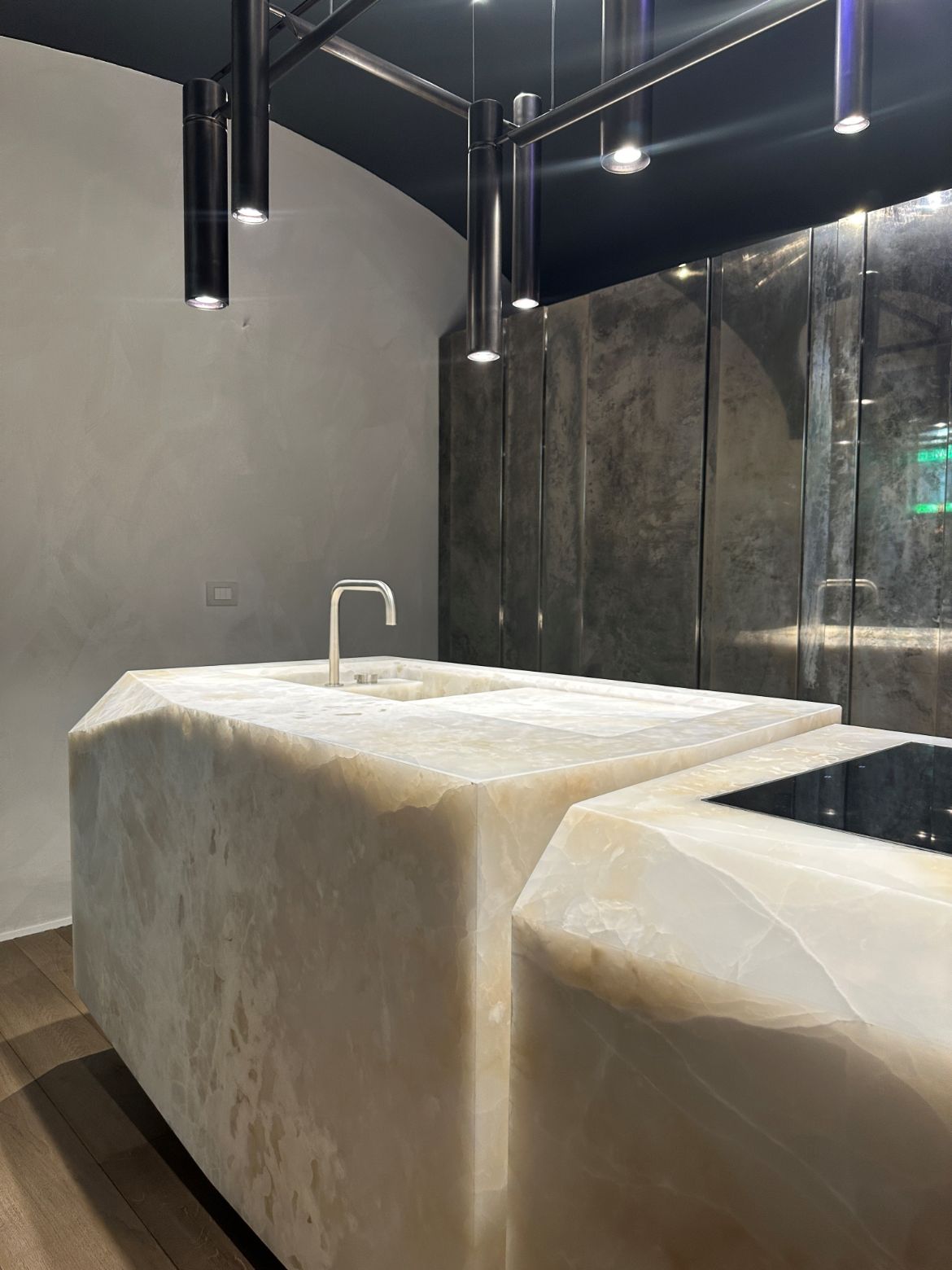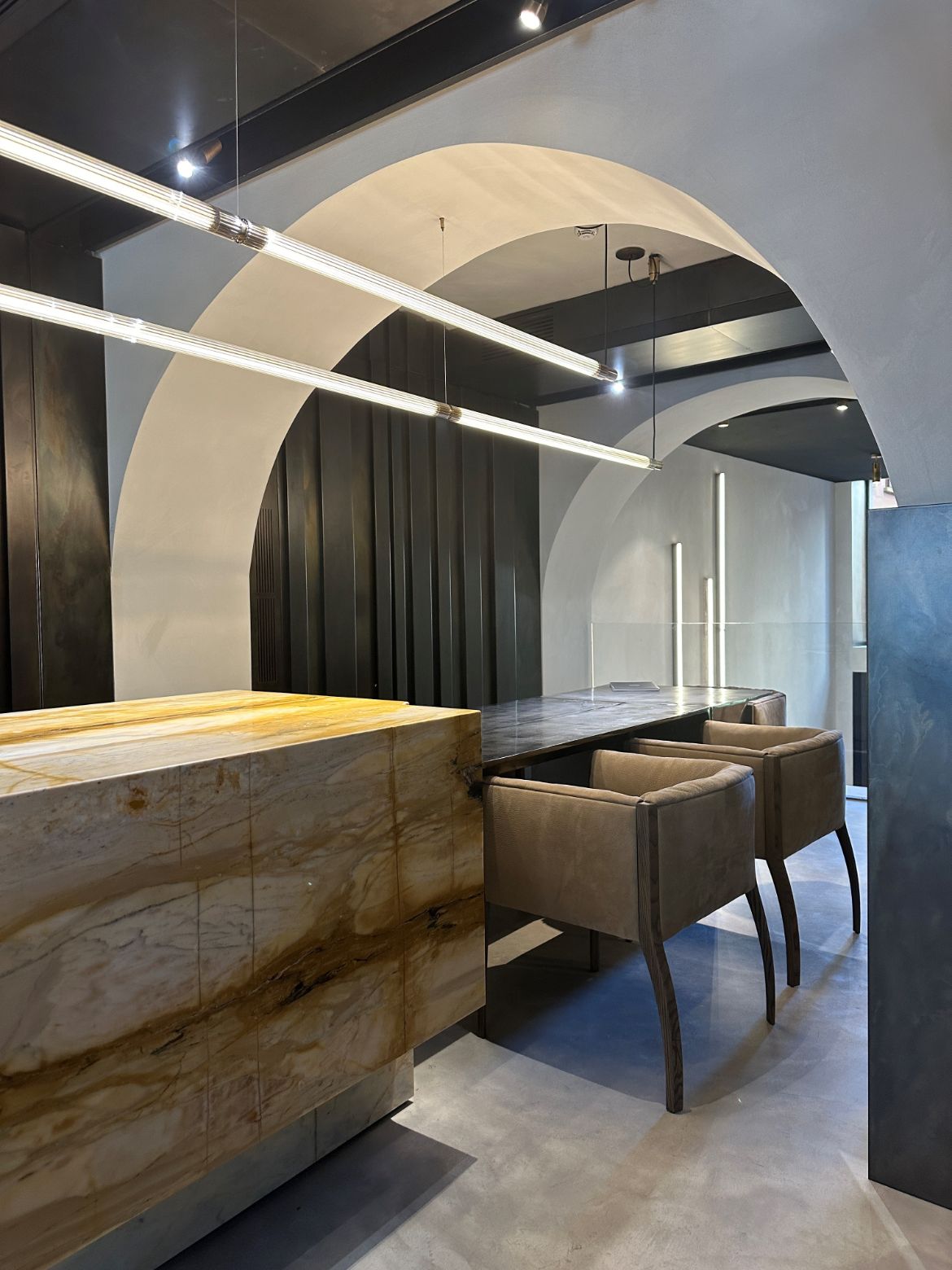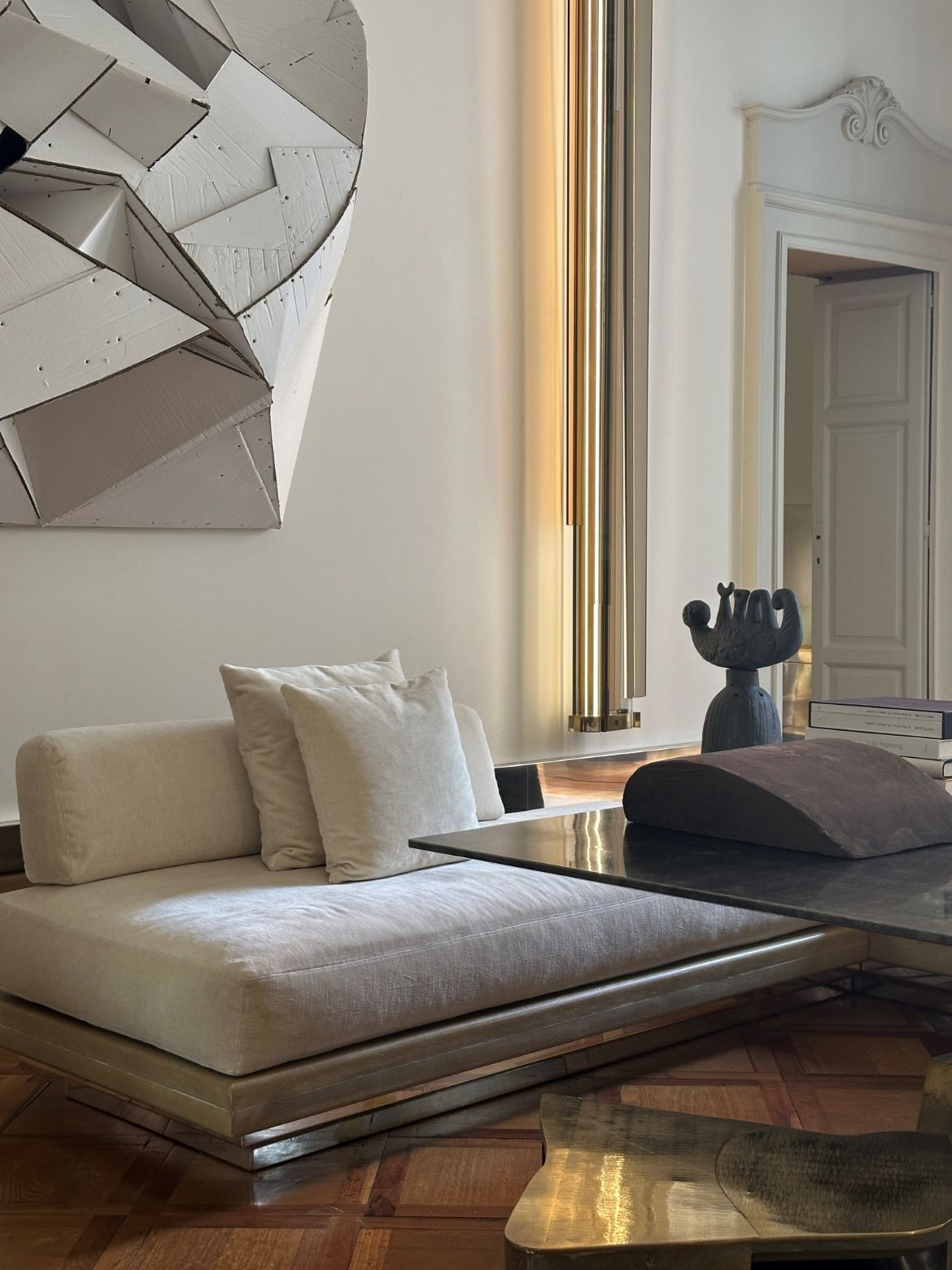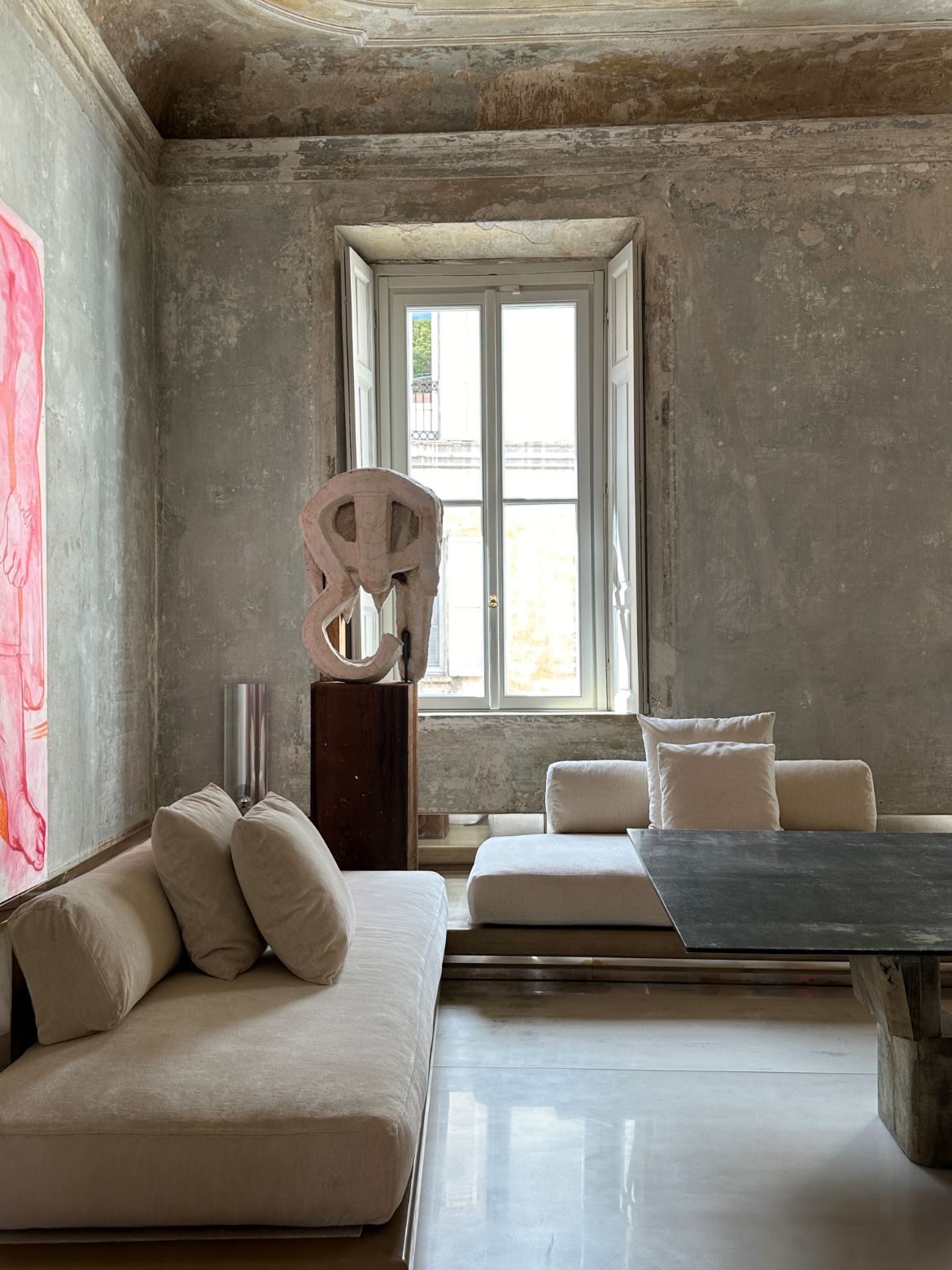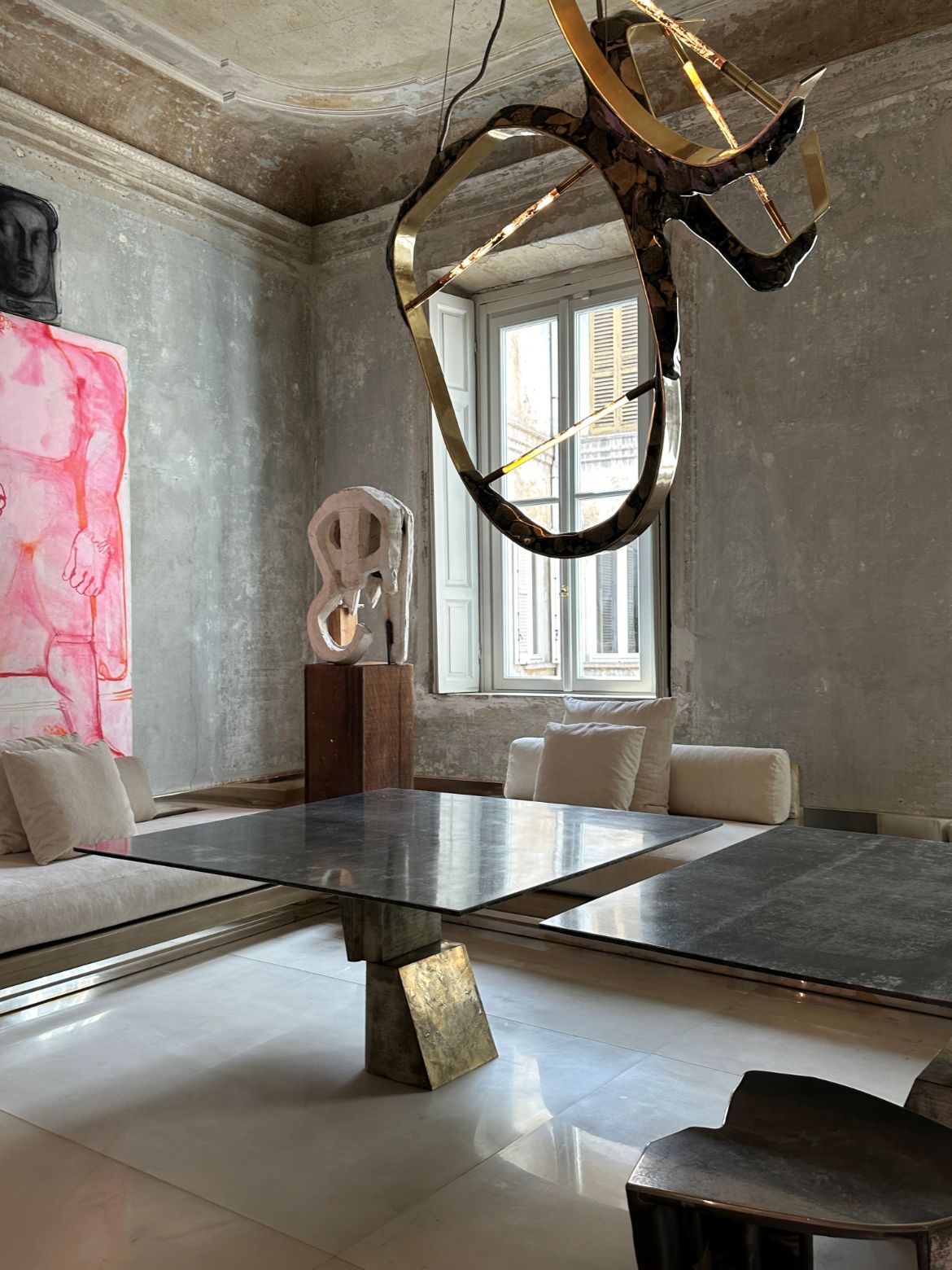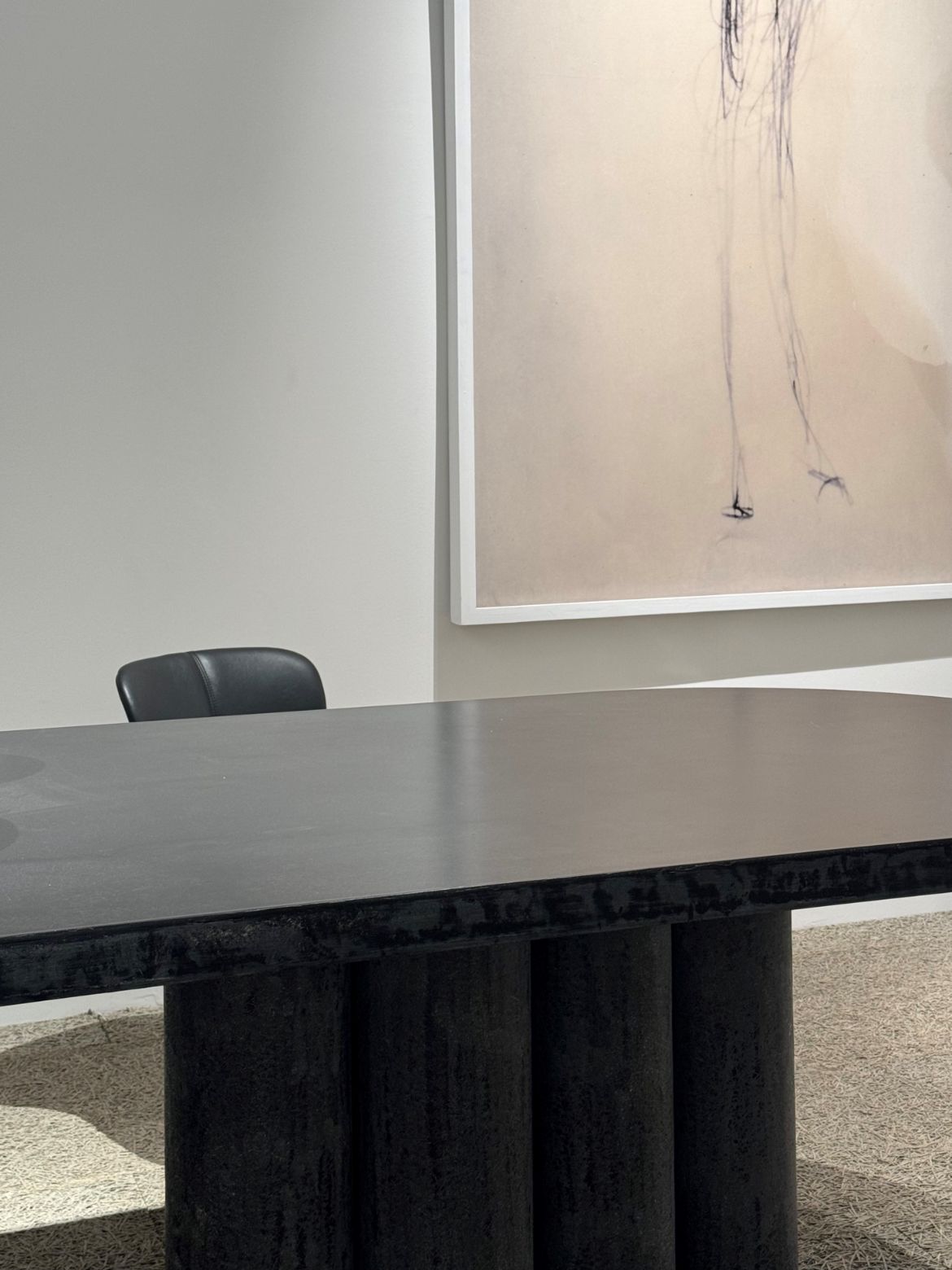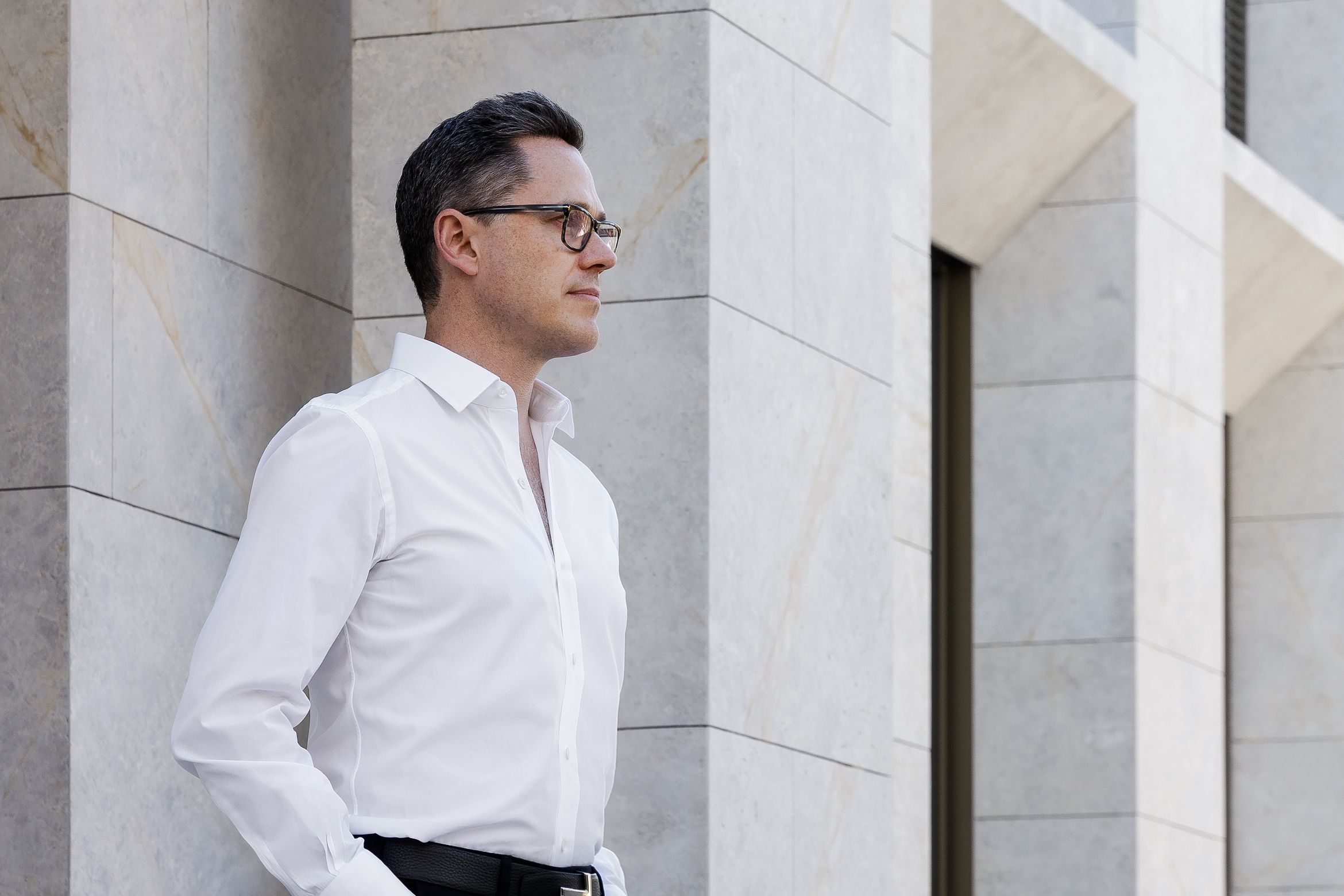Milan Design Week is the premier international event for interiors and design. With over 350,000 visitors, Milan Design Week runs over a week and now combines Salone Del Mobile (furniture), Eurocucina (kitchens), the International Bathroom Exhibition, and Fuorisalone (events within the city of Milan). The sheer number of exhibitions, installations, open-houses, presentations, and events is staggering – a full week of fast-paced exploration would perhaps cover only a fifth of what is on offer.
Milan Design Week has grown far beyond the ‘furniture fair’ of Salone Del Mobile to include a diverse array of global brands, all presenting their products, but with a focus on design or craft – automotive brands (BMW, Audi, Lamborghini, Lexus, Kia), technology (Google), fashion (Hermes, Moncler, Loewe, Gucci, Bottega Venetta, Georgia Armani) and so on.
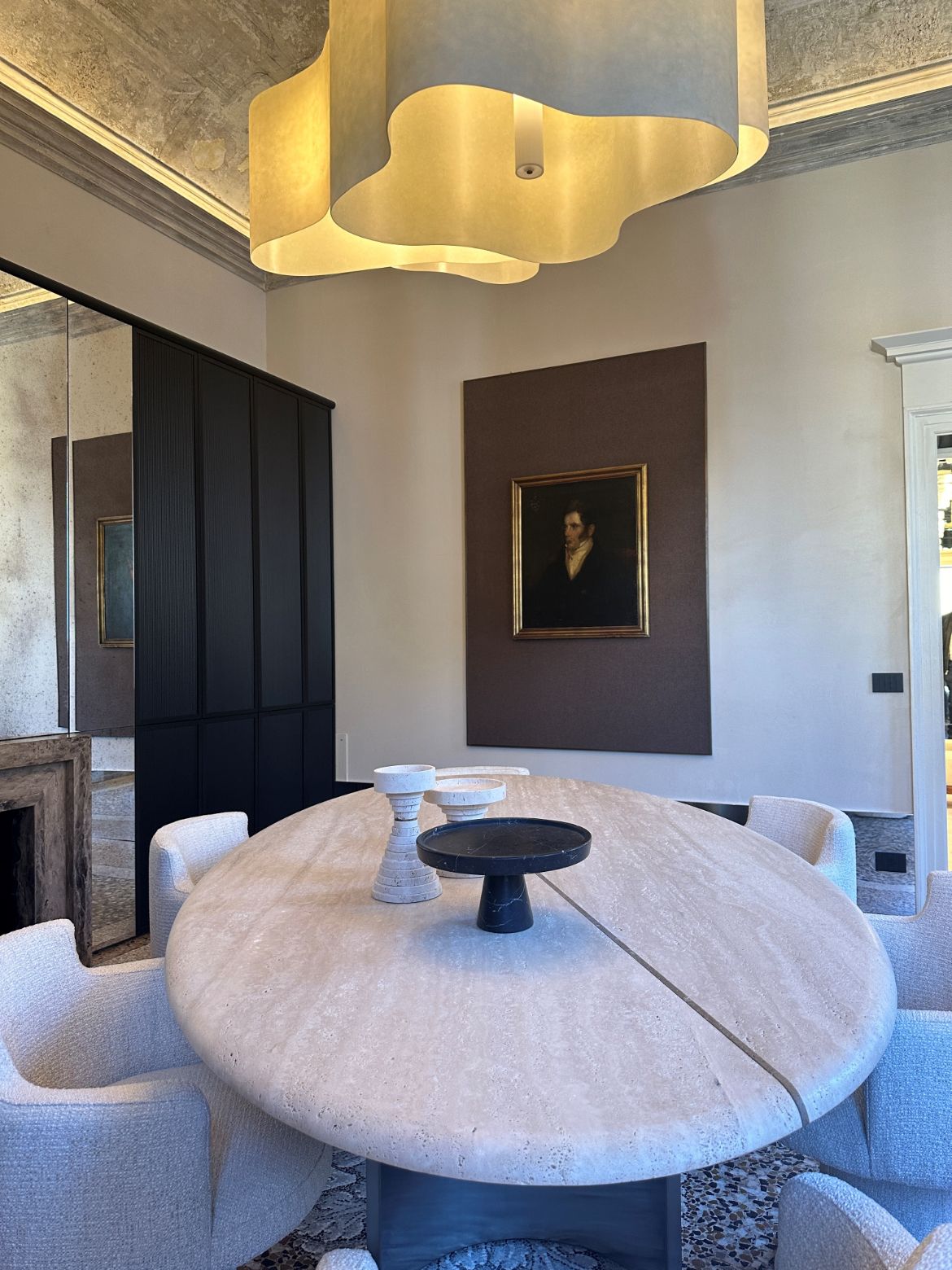
For me, the value of Milan Design Week is in the inspiration and invigoration that comes from experiencing the sheer density of design and designers in a city that is so rich in design history. And this can’t be under-valued. Every day during Design Week is a non-stop experience of enormously diverse design. A single hour might cover BMW’s latest concept car, an exhibition of artisan lights curated by Loewe, access to a private sixteenth-century apartment housing a latest furniture release, and the discovery of a new boutique brand. Each evening continues the explosion of design with multiple showroom openings, brand launches and parties in spectacular locations.
Related: HENRYTIMI in Milan


While my design aesthetic is contemporary in nature, it is heavily influenced by classical design. The merging of classic and contemporary influences is a reccurring theme throughout my work, and Milan Design Week is the best opportunity to experience this – simply because the spaces that brands have to occupy are typically classical.
Examples include Audi occupying Piazza del Quadrilatero, Edra’s permanent showroom in Palazzo Durini, and the Alcova exhibition in Villa Borsani.
Many people visit Milan Design Week to uncover the latest trends, and the sheer size and importance of the event in the design calendar means that many trends can be traced back to this week. While design trends are of interest, my interest lies not in rushing back home to implement the latest idea, but in understanding the source of aesthetic influences that I see around me.

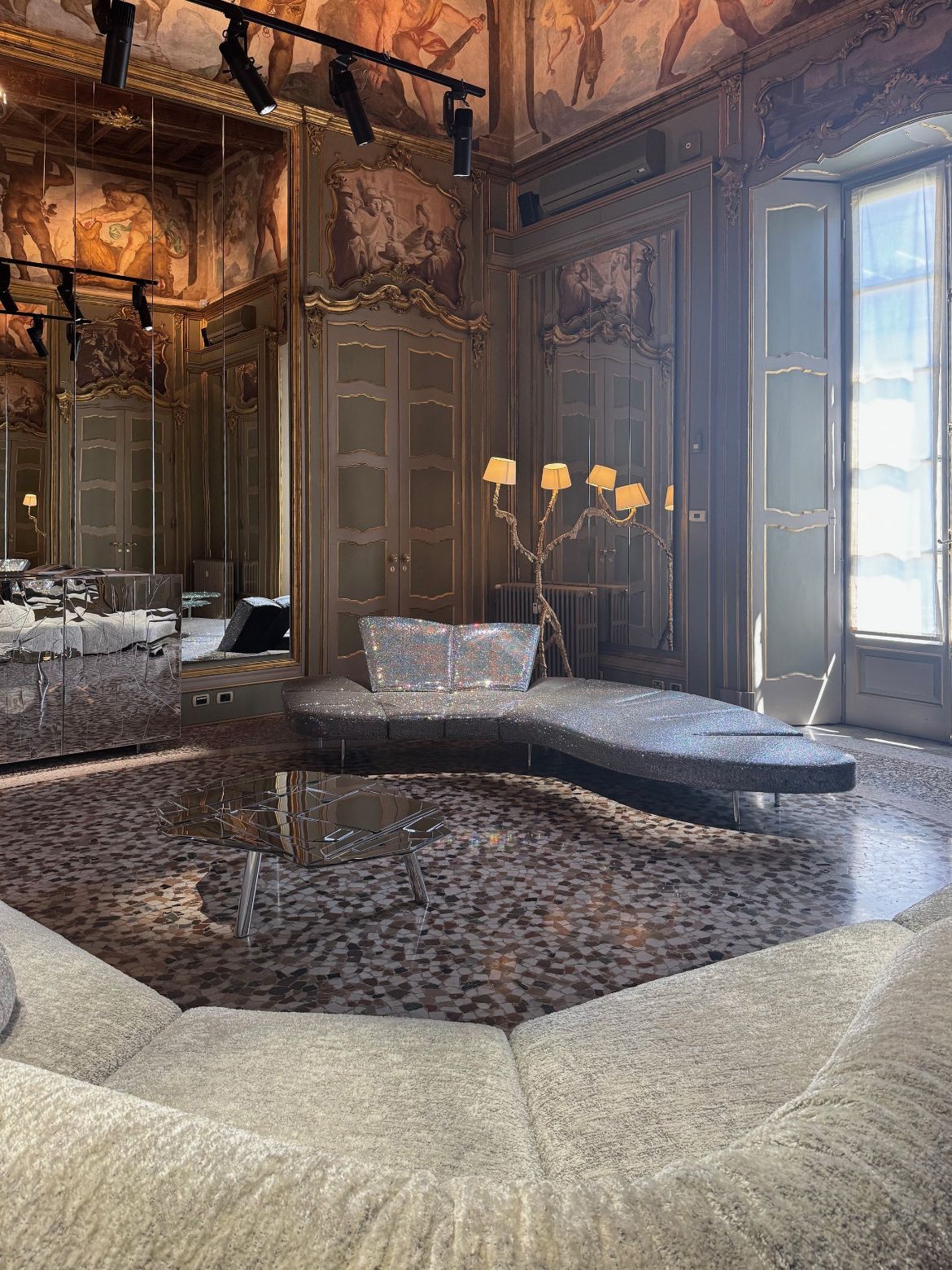
My design aesthetic is influenced by more timeless qualities, and so I am more likely to avoid the latest trend rather than implement it immediately. An unfortunate aspect of ‘trends’ is that they are typically passé in a relatively short period of time. This isn’t necessarily a problem for retail or hospitality fitouts, which may have a lifespan of a few years and demand a trend-driven design for marketing purposes, but our buildings and interiors have a lifespan of decades, and so trends can be very dangerous.
For example, the influence of the ’60s appeared to be a common theme at this year’s Salone Del Mobile. I often felt like I was visiting The Jetsons or Austin Powers. Conversation pits and softly cushioned furniture… This aesthetic is unlikely to be seen in our interiors in the near future, but if I see a growth in this design direction – in the media or our client briefs – it is much easier to trace its birth and influence, and then understand its likely trajectory.
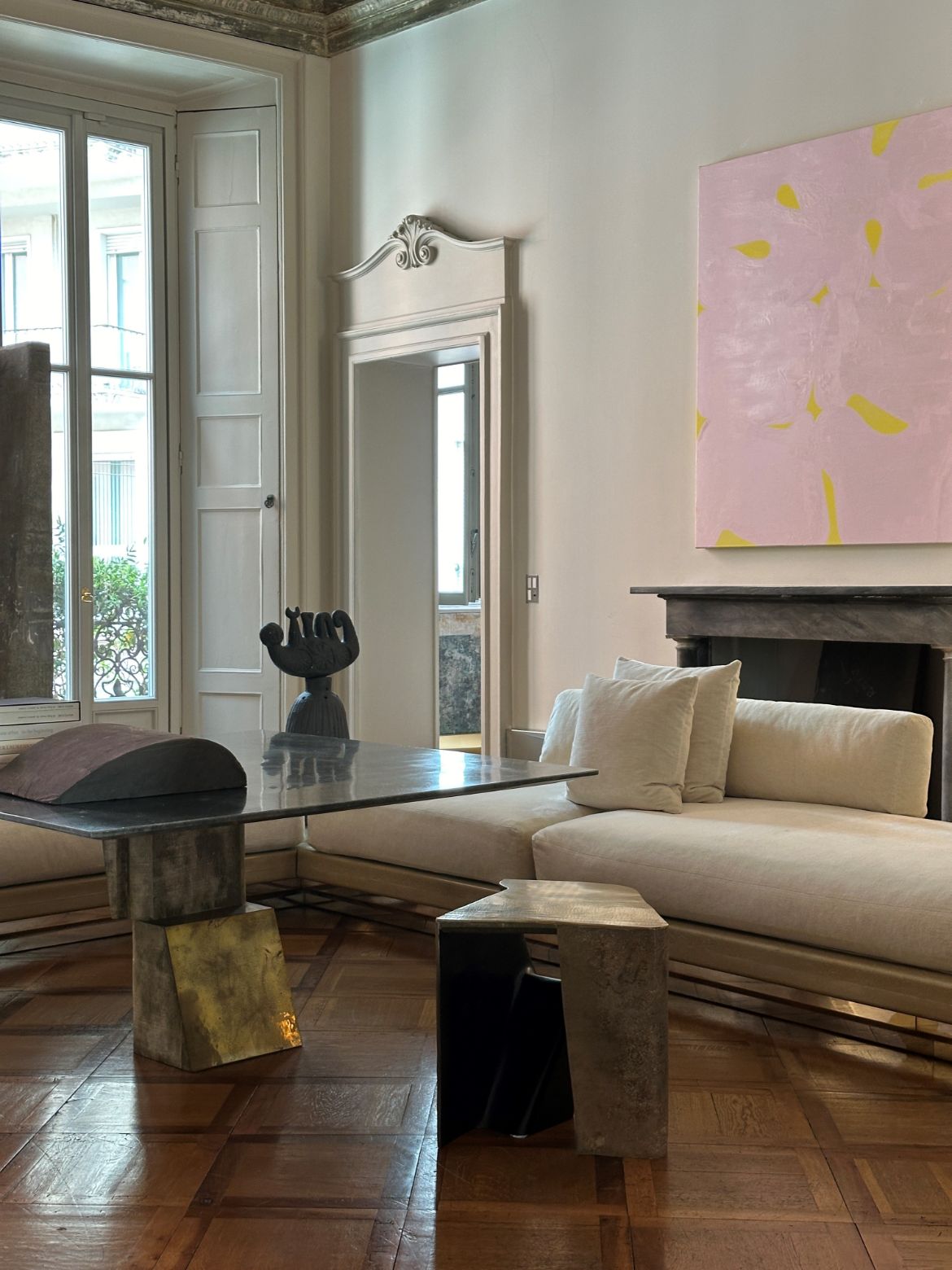
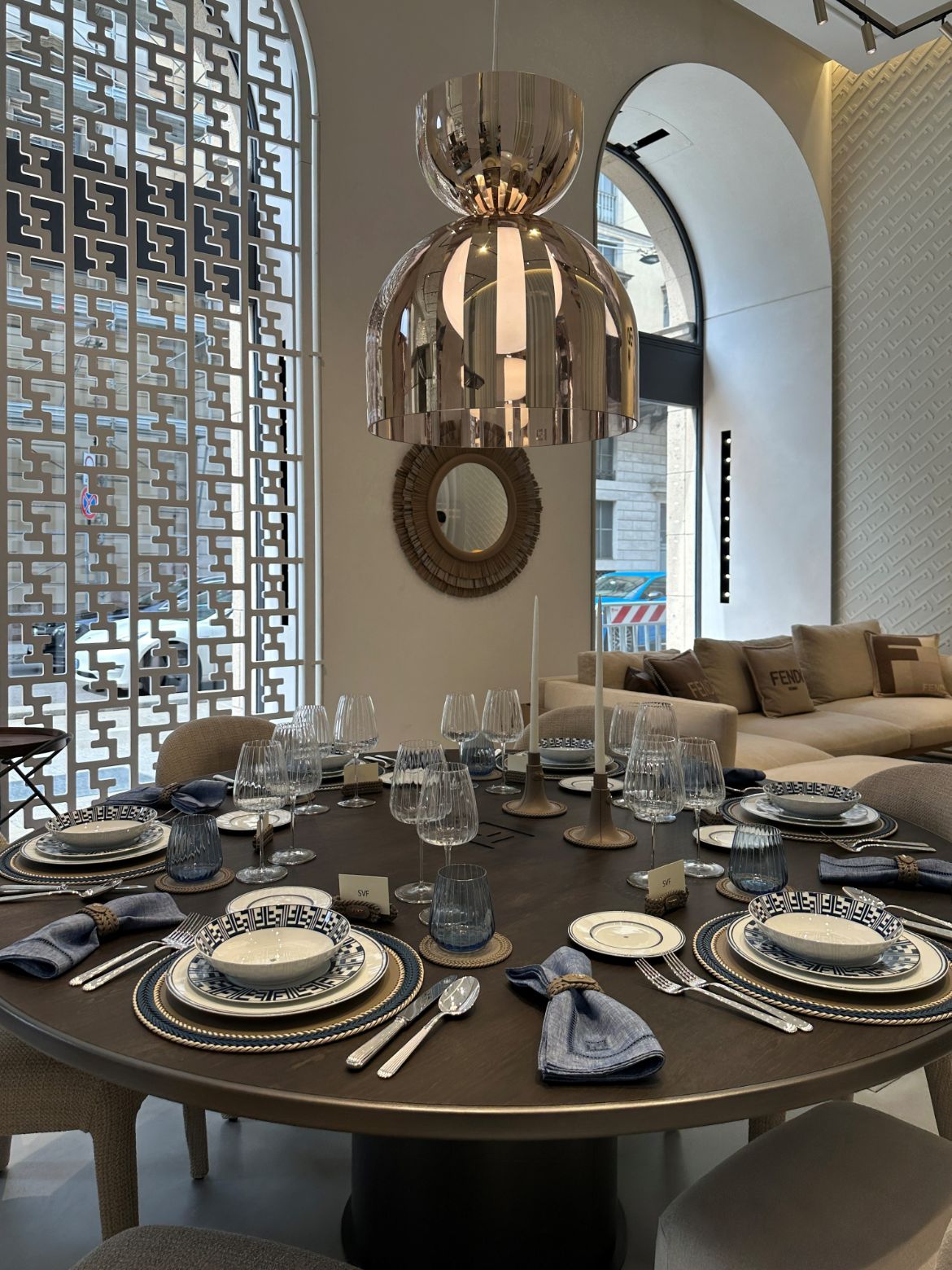
The trends that hold more interest for me are those longer-term ones that become evident across multiple years – perhaps better described as influences or stronger currents in the design industry. These trends are less likely to be aesthetic motifs such as a ’60s influence, or the popularity of arched forms – and more likely to be trends in thinking or particular ways of living.
The increased focus on wellness and sustainability are two such ideas that have grown in popularity. This directly parallels the increasing influence of these aspects in our practice’s work and so there are very clear benefits of remaining at the forefront of any innovations.
For example, Edra’s exploration of outdoor fabrics created from recycled plastic bottles; and wellness/bathroom products that stimulate all of the senses by utilising colour-changing LED light, aromatherapy, speakers and multiple water nozzles.
Paul Conrad Architects
paulconradarchitects.com
Photography
Courtesy of Paul Conrad
